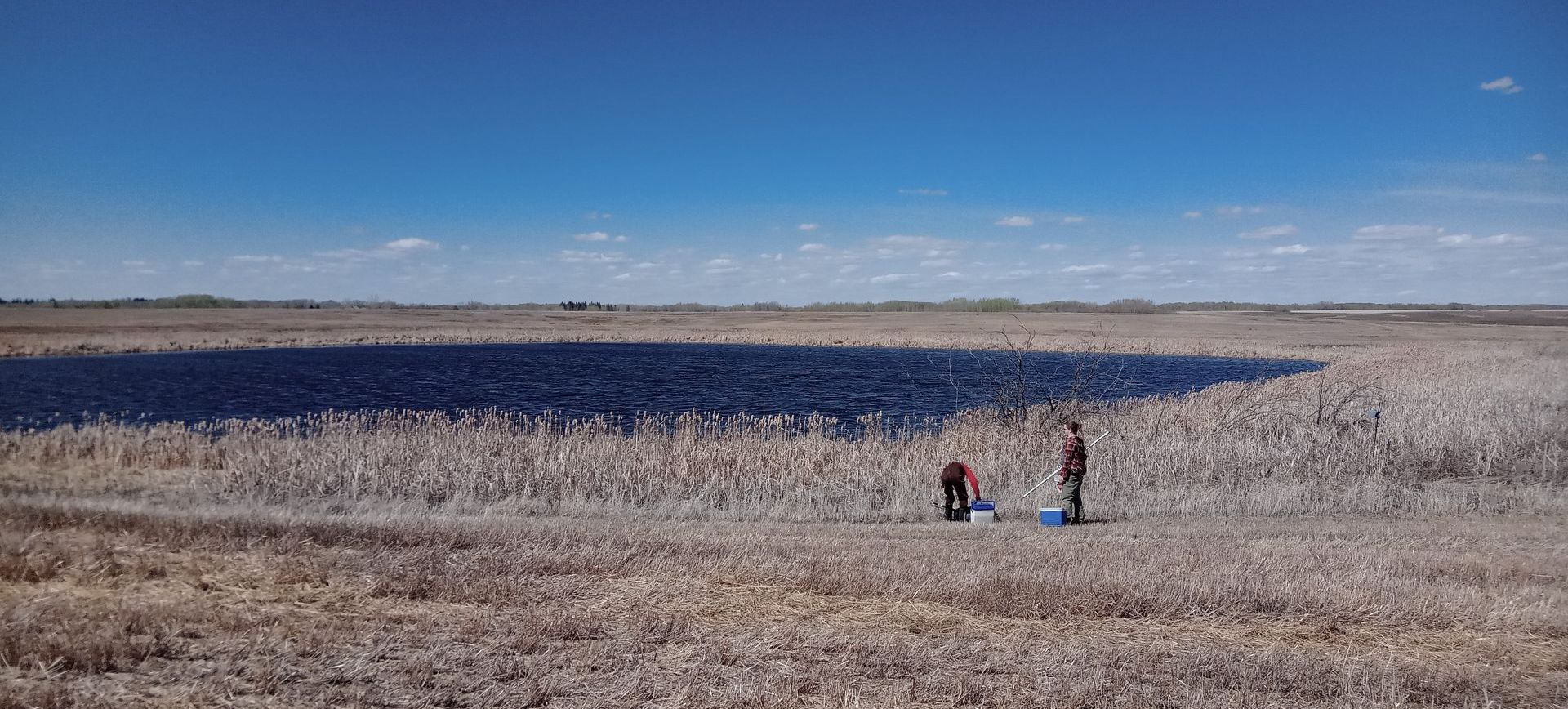Improving Our Understanding of Wetlands

Connor and Lauren organizing equipment at a wetland in a field where a new land management practice will be applied (variable rate application). (Anita Alvarez)

Connor and Lauren organizing equipment at a wetland in a field where a new land management practice will be applied (variable rate application). (Anita Alvarez)
This is the text area for this paragraph. To change it, simply click and start typing. Once you've added your content, you can customize its design by using different colors, fonts, font sizes and bullets. Just highlight the words you want to design and choose from the various options in the text editing bar.
This is the text area for this paragraph. To change it, simply click and start typing. After adding your content, you can customize it.
This is the text area for this paragraph. To change it, simply click and start typing. Once you've added your content, you can customize its design by using different colors, fonts, font sizes and bullets. Just highlight the words you want to design and choose from the various options in the text editing bar.
Copyright 2023 Bridge to Land Water Sky, All Rights Reserved.